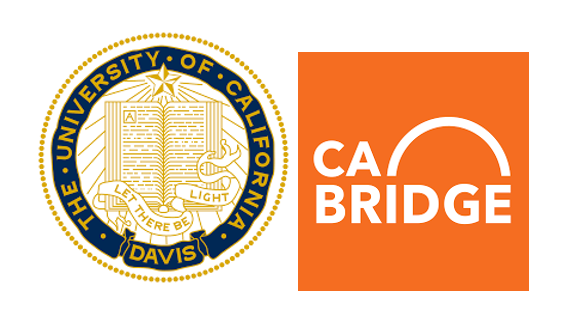
On average, the University of California at Davis’s Emergency Department (ED) sees more than 200 patients each day, many of whom are struggling with substance use disorder (SUD) and associated issues. In 2017, when the Medical Center began making medication for addiction treatment (MAT) available to its patients with opioid use disorder (OUD), it began a pilot program that provides patients with a 24/7 treatment program for SUD – specifically with MAT for those who have OUD – in the ED and inpatient units.
With the help of substance use navigators (SUNs), certified drug and alcohol counselors who are trained in the best practices for treating SUD and the medical model of addiction, the program helps to expand its workforce to provide direct patient care, reduce the stigma of addiction through community education on MAT, and build ties with treatment providers in communities throughout Northern California. The SUNs are integral members of the ED and inpatient care teams. The SUN supervisor provides reports to the hospital’s Substance Use Intervention Team comprised of physicians, pharmacists, social workers, case managers, and police officers, including how to refer patients to this service, and teaches local healthcare organizations how to develop and implement their own MAT programs.
When a patient enters the ED with a suspected OUD, he or she will immediately be assigned to an addiction specialist who will start the patient on MAT. Shortly thereafter, the patient will meet with one of the SUNs who will connect him or her to a local treatment program. Studies indicate that almost 75 percent of patients treated in the ED for an SUD are engaged in outpatient treatment after discharge.
To expand drug and alcohol abuse counseling to more emergency departments throughout California, the Medical Center collaborates with California Bridge, a non-profit that helps people with SUD get treatment at any hospital in California. Its goal is to provide 24-7 access to addiction treatment in all hospitals in the state by 2025. California Bridge has implemented this model in approximately 150 hospitals in the state.




